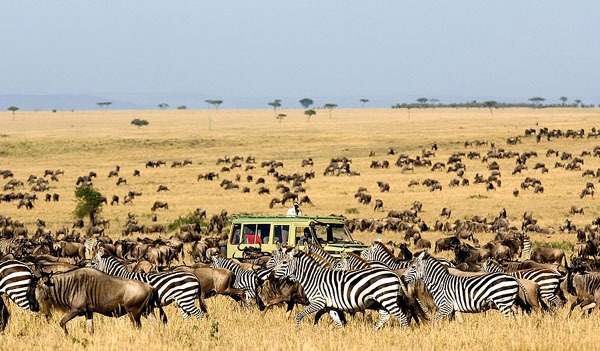In a significant step towards sustainable wildlife conservation and community empowerment, the Zimbabwe Parks and Wildlife Management Authority (ZimParks) has signed a Memorandum of Understanding (MoU) with the French Agricultural Research Centre for International Development (CIRAD).
The MoU, part of the broader Sustainable Wildlife Management Programme, highlights a shared commitment to preserving Zimbabwe’s rich biodiversity while promoting sustainable development.
The Sustainable Wildlife Management Programme, an initiative of the Organisation of African, Caribbean, and Pacific States (OACPS), is implemented by a consortium including the Food and Agriculture Organisation of the United Nations (FAO), CIRAD, the Center for International Forestry Research (CIFOR)/World Agroforestry, and the Wildlife Conservation Society (WCS).
The programme is currently being rolled out in Binga District, particularly in Mucheni, which is part of the Zimbabwean component of the Kavango Zambezi Transfrontier Conservation Area.
Speaking at the signing on ceremony in Harare recently, Dr. Fulton Mangwanya, Director-General of ZimParks, highlighted the importance of the programme in balancing wildlife conservation with the needs of local communities.
“This community conservancy project stands as a beacon of hope and collaboration for us, and it symbolises our collective dedication to preserving the flora and fauna in this landscape,” Dr. Mangwanya said.
He said the initiative not only protects wildlife but also empowers local communities, fostering a sense of ownership and stewardship.
“The success of this programme lies in our ability to work together hand in hand, shoulder to shoulder,” he added. Dr. Pierre Grard, CIRAD’s deputy regional director, echoed this sentiment, saying that the MoU lays a strong foundation for collaboration.
“Over the past 30 years we have been operating in Zimbabwe, CIRAD and ZimParks have collaborated on many initiatives with favourable results,” Dr. Grard said, underscoring the ongoing commitment to sustainable development and community-driven conservation efforts.
This partnership is seen as a pivotal move in aligning Zimbabwe’s conservation efforts with national and global development goals, including the attainment of Sustainable Development Goals 2 and 15.



